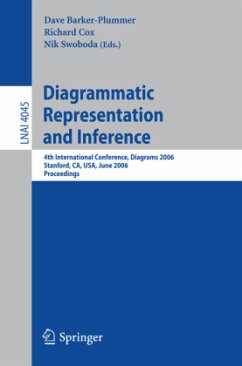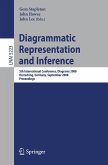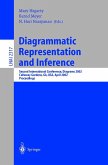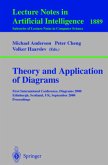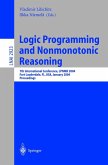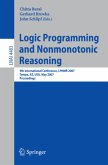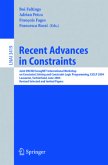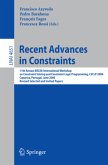Keynote Presentations.- The Importance of Both Diagrammatic Conventions and Domain-Specific Knowledge for Diagram Literacy in Science: The Hierarchy as an Illustrative Case.- Learning by Producing Diagrams.- Tutorials.- Eye Fixations and Diagrammatic Reasoning.- Cross-Cultural User-Experience Design.- Diagram Comprehension by Humans and Machines.- Communicative Signals as the Key to Automated Understanding of Simple Bar Charts.- On Line Elaboration of a Mental Model During the Understanding of an Animation.- From Diagrams to Models by Analogical Transfer.- Notations: History, Design and Formalization.- The Mathematics of Boundaries: A Beginning.- Syntactic Variety in Boundary Logic.- Fixing Shin's Reading Algorithm for Peirce's Existential Graphs.- Canonical Correlation Analysis: Use of Composite Heliographs for Representing Multiple Patterns.- Modularity and Composition in Propositional Statecharts.- Objects and Spaces: The Visual Language of Graphics.- Defining Euler Diagrams: Simple or What?.- Topological Relations of Arrow Symbols in Complex Diagrams.- Extended Abstract of Euclid and His Twentieth Century Rivals: Diagrams in the Logic of Euclidean Geometry.- Flow Diagrams: Rise and Fall of the First Software Engineering Notation.- Reasoning by Intervals.- Generalizing Spiders.- Diagrams and Education.- Diagrams in Second or Foreign Language Learning??!.- Evaluation of ERST - An External Representation Selection Tutor.- Changing Perceptions of Animated Diagrams.- The Visual and Verbal as Modes to Express Understanding of the Human Body.- Interpreting Hierarchical Structure: Evidence from Cladograms in Biology.- Active Comparison as a Means of Promoting the Development of Abstract Conditional Knowledge and Appropriate Choice of Diagrams in Math Word ProblemSolving.- Reasoning with Diagrams by Humans and Machines.- Synthesizing Visual and Action Routines Using Constraint Programming.- Deduction with Euler Circles: Diagrams That Hurt.- Diagrams as Physical Models.- Visual Creative Design with the Assistance of Curious Agents.- The Logic of Geometric Proof.- Exploring the Effect of Animation and Progressive Revealing on Diagrammatic Problem Solving.- Psychological Issues in Comprehension, Production and Communication.- Visual Focus in Computer-Assisted Diagrammatic Reasoning.- Perceiving Relationships: A Physiological Examination of the Perception of Scatterplots.- Using Research Diagrams for Member Validation in Qualitative Research.- Androcentric Preferences for Visuospatial Representations of Gender Differences.- Exploring the Notion of 'Clutter' in Euler Diagrams.- Using Channel Theory to Account for Graphical Meaning Generations.- Toward a Comprehensive Model of Graph Comprehension: Making the Case for Spatial Cognition.- Active Comparison as a Means of Promoting the Development of Abstract Conditional Knowledge and Appropriate Choice of Diagrams in Math Word Problem Solving.- Psychological Issues in Comprehension, Production and Communication.
Bitte wählen Sie Ihr Anliegen aus.
Rechnungen
Retourenschein anfordern
Bestellstatus
Storno

